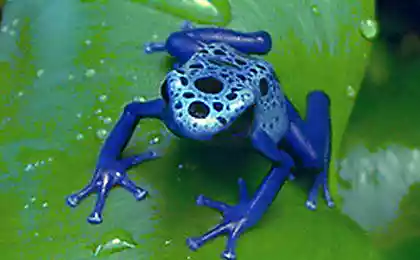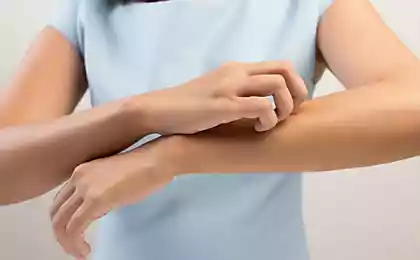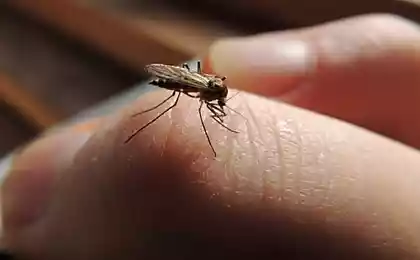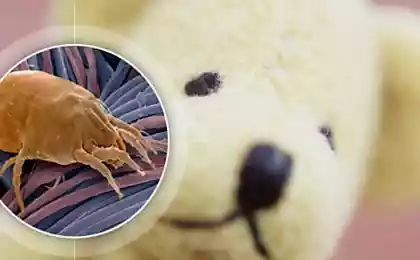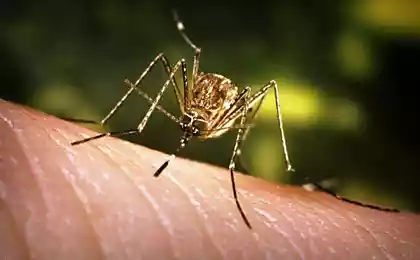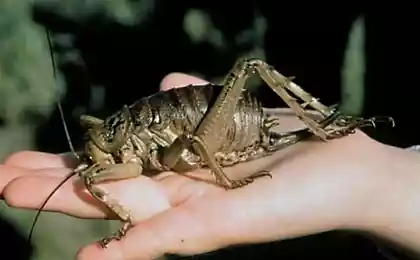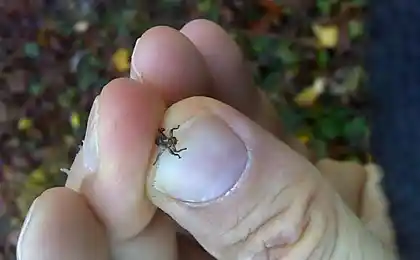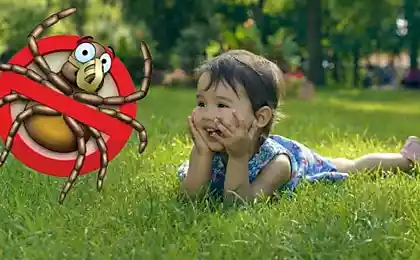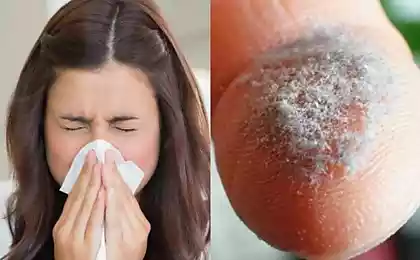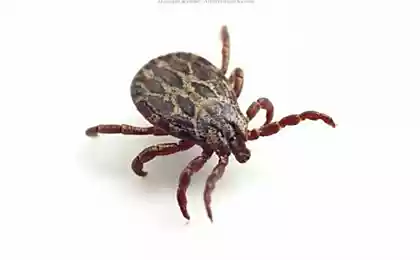250
How to recognize an insect by a bite
There are over 4 million species of insects on Earth, and few of us have escaped their bites.
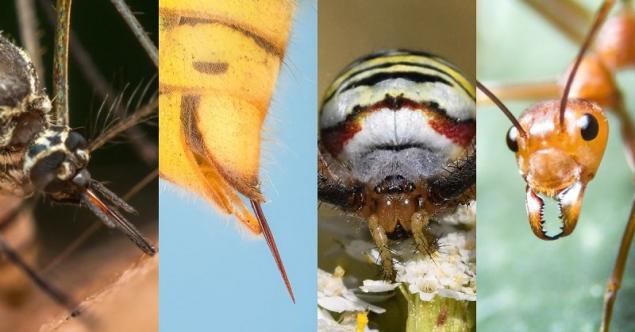
In the summer, when many go on vacation outside the city, the risk of being bitten increases. Fortunately, in our latitudes there are few insects, the bite of which carries a deadly threat to humans, but the most common mosquito or ant can cause a lot of trouble.
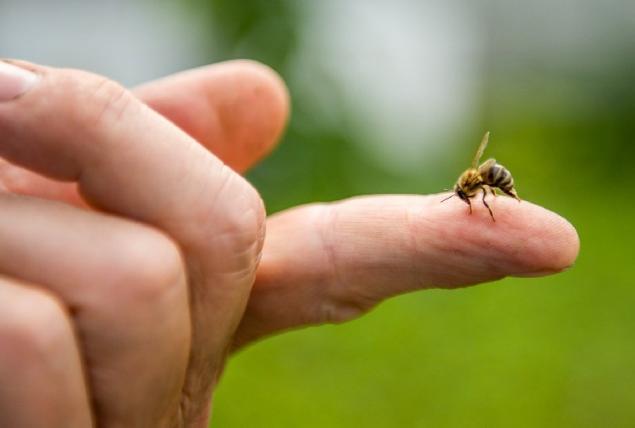
To help you avoid unpleasant consequences, "Site" learn to recognize the bites of common insects and provide the necessary first aid.
Help with insect bites
The components of most repellents are toxic substances that are undesirable for pregnant women and children. In order not to apply store chemicals to the skin, use natural mosquito protection, so you will not harm your health and protect yourself and your loved ones from annoying insects.
In case of a tick bite, you need to act immediately, because the sooner you remove the parasite, the lower the risk of getting borreliosis. "Site" It presents to your attention a unique trick through which you can easily remove the tick so that no part of it remains inside the human skin.
You're not alone! There are billions of dangerous inhabitants in your mattress. We are talking about dust mites-saprophytes, living even in landscaped and clean houses. We tell you how to get rid of these dangerous microorganisms before they have time to cause you serious harm.

In the summer, when many go on vacation outside the city, the risk of being bitten increases. Fortunately, in our latitudes there are few insects, the bite of which carries a deadly threat to humans, but the most common mosquito or ant can cause a lot of trouble.

To help you avoid unpleasant consequences, "Site" learn to recognize the bites of common insects and provide the necessary first aid.
Help with insect bites
- Ticks.
Summer brings with it increased activity of blood-sucking mites - small arthropod class of arachnids, which are carriers of life-threatening diseases, including tick-borne encephalitis and tick-borne borreliosis (Lyme disease).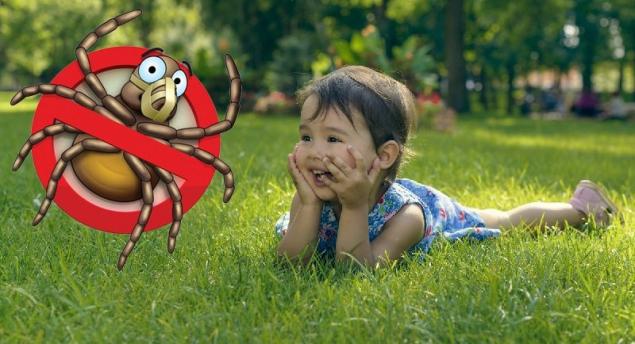
The oral apparatus of the parasite is arranged in such a way that it makes it possible to attach to the skin almost painlessly. At the same time, a person will not experience pain and may find a tick on his body only after a few days.
It could be that the tick bit and fell off. Then at the site of the bite will be a red spot with a circumference of several centimeters, and in the center - a black or red dot.
In any case, you should urgently consult a doctor. If there is no possibility to get to the hospital, then the tick can be removed on its own.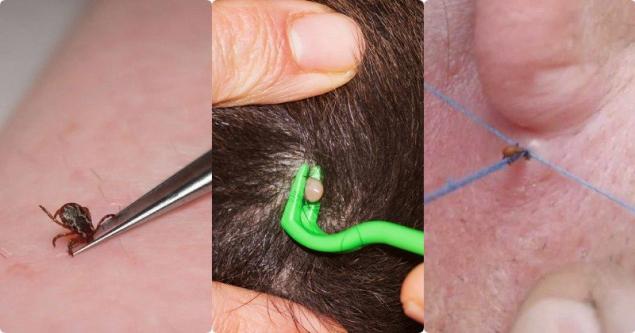
Earlier we have already told how to remove a tick with tweezers, a syringe, a special extractor, a cotton swab, a thread or even a bank card. All these methods have their advantages and disadvantages.
The tick can be a source of a fairly large number of diseases, so after removing the tick, save it for examination for infections (tick encephalitis, Lyme disease). This can usually be done in an infectious disease hospital or laboratory. - Mosquitoes
Mosquito bites look like swollen redness the size of a pea and itch heavily. As a rule, no special measures are needed, but this is not always the case.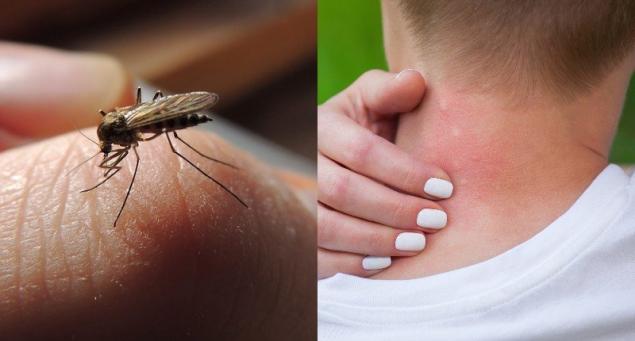
Some respond to mosquitoes with rather serious allergic manifestations, which are expressed in severe swelling at the site of bites.
Even if there is no allergic reaction to mosquito bites, blisters and itching still appear. Therefore, it is advisable to apply something cold to the bite site to reduce absorption, and then lubricate the blisters with any soothing ointment.
Quickly remove swelling and irritation at the site of the bite will help menovazine. This very inexpensive tool is not inferior to the advertised imported gels.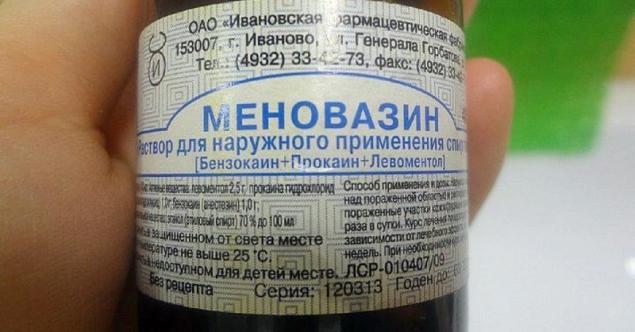
- Bees.
Stung, the bee dies. This is because along with the sting it leaves its digestive tract. Therefore, the bite of a bee is quite simple to recognize. The skin around the stinger usually turns red, swelling appears. A person feels sharp pain and burning, and after some time a strong itching.
The sting that the poison does not enter the bloodstream should be removed immediately. Better do it with sterile tweezers. It is important that there are no leftovers under the skin, otherwise inflammation cannot be avoided.
To relieve swelling, treat the bite with alcohol, vinegar, soda solution or other improvised means, take any antihistamines.
For people who have bee-venom allergyA bite can be a real threat to life. If allergy symptoms develop quickly, are life-threatening, a bee has bitten in the face, bit more than three bees, use an injector with epinephrine and call an ambulance.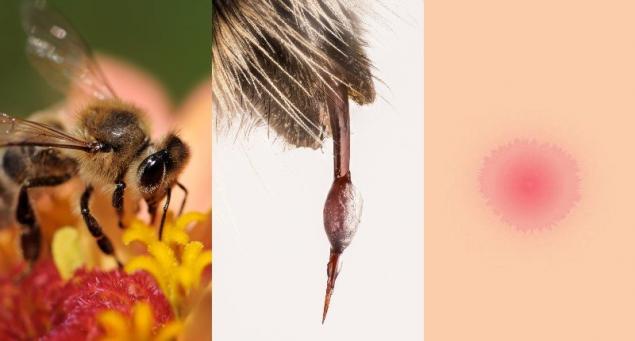
- Wasps
Summer is a time of ripe fruits and berries. However, eating them, you need to be careful not to get a bite of a wasp or bee. Symptoms after a wasp attack are similar to those that occur after a bee bite. At the site of the bite there is a burning sensation, the skin swells and turns red. Sometimes there is a headache, high fever and a rash on the body.
A wasp can bite a person several times. As in the case of a bee, it is important that there is no allergy to insect venom, otherwise anaphylactic shock may occur.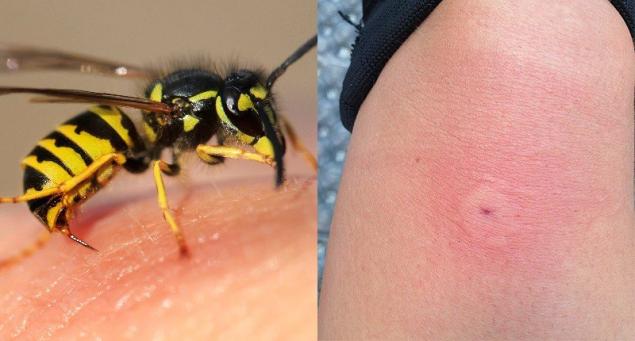
- Hornets
At the site of a hornet bite, redness and severe tissue swelling occur, blisters may appear. Since hornets are larger than their relatives, their poison is more toxic. At the site of the bite, there is a burning pain, even more acute than when a wasp bite. If after a hornet bite, a person feels cold in the extremities, his ears and lips turn blue, it becomes difficult to breathe, you need to urgently consult a doctor.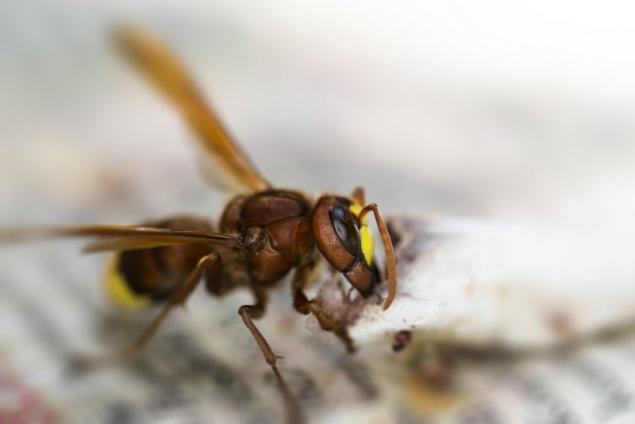
- Blind.
They carry various diseases such as tularemia and anthrax, but more often attack livestock than people. Bite of a bluff leaves a noticeable mark with swelling around it, burning occurs, and behind it itching, dizziness, infection is possible. To limit the effect of the saliva of the blind, the bitten place must be pressed with a finger. Apply ice, wash the bite site with cold water, lubricate with alcohol or hydrogen peroxide. After that, you can apply iodine or green.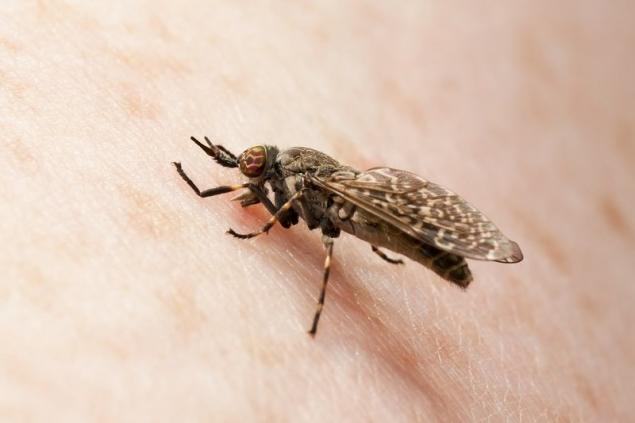
- Fleas
Fleas are wingless bloodsucking insects that live on domestic and wild animals. Unlike bedbugs and ticks, these parasites do not inject painkillers into the blood of the victim, so immediately after a flea bite, you feel severe pain, resembling a needle prick. On the skin there are small reddish spots with a very small hole in the center and a dark red rim around. The most frequent localization is on the neck, waist, ankles, shins, folds of the elbows and knees.
The spots are very itchy and often bleed, as a result of which bloody crusts form on them. A characteristic sign of flea bites is a large number of them on one area of the skin.
In addition to unpleasant sensations, flea bites are dangerous because they carry anthrax, brucellosis, tularemia and other diseases. Parasite saliva can cause both acute and chronic allergic reactions.
The affected area must be washed with soapy water, wiped, then applied antiseptic. To relieve swelling, the wound is wiped with vinegar diluted with water in a ratio of 1: 1, or a solution of citric acid.
- Ants.
Most ants are not a danger to humans. The bite of a red forest ant looks like a mosquito bite. A pink spot appears on the skin, which then itches. At the time of the bite, a burning sensation is felt, as if boiling water hit the skin.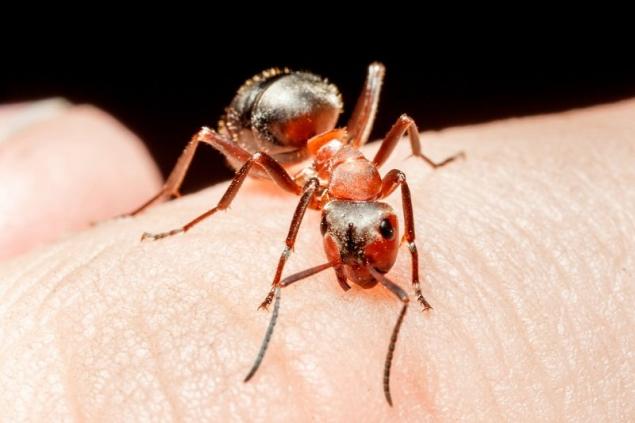
- Bedbugs
House bugs take a moment to pierce human skin with a special elongated proboscis, similar to a beak. Bedbug bites do not always bring pain to a person and can go unnoticed for quite a long time. Blood suckers choose the most vulnerable and open places on the human body, such as the legs, arms or neck. At first glance, bedbug bites look like traces from a flea attack, but a distinctive feature is the characteristic chains of bites on the skin.
A common bug bite passes in about ten hours, and when an allergic reaction manifests, healing can last two or three days. At the site of the bite, as a rule, a blister appears, which bursts, and then completely disappears.
Remove irritation at the site of damage can, for example, Fenistil gel. Before applying the cream or ointment, it is recommended to disinfect the inflamed area with a cotton disc moistened with medical alcohol.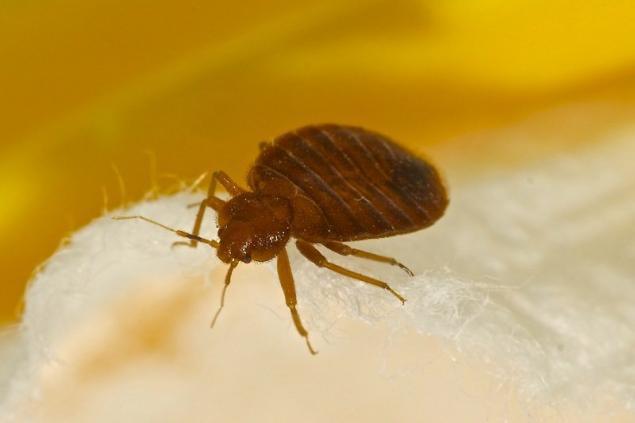
- Spiders.
Poisonous spiders are not so rare in Russia. Their bite can end in quite big trouble, up to the hospital bed.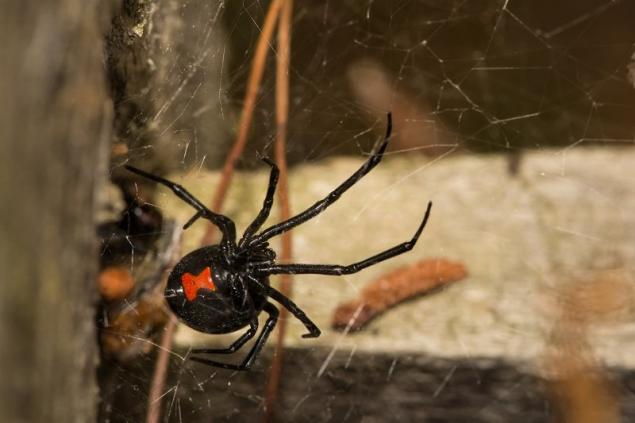
However, only female karakurts are mortally dangerous. It is quite difficult to confuse them with other spiders: bright red spots or dots stand out on the upper side of the black abdomen, and on the lower side there is a spot in the form of an hourglass.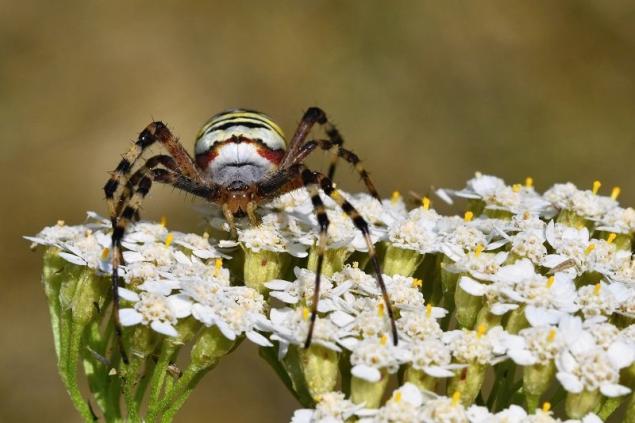
A lot of painful sensations can also be caused by a bite of a South Russian tarantula, a phalanx, a false black widow, an argiop Brunnich.
When bitten by spiders of adults or children, the strongest intoxication of the body develops, so you need to quickly provide the victim with first aid. You should call an ambulance, and only then try to alleviate the condition of the victim.
Prevent the spread of poison in the body will help such measures: wash the bite site with cold water, treat with hydrogen peroxide, iodine, ethyl alcohol, pull an arm or leg above the bite site with an elastic bandage.
The components of most repellents are toxic substances that are undesirable for pregnant women and children. In order not to apply store chemicals to the skin, use natural mosquito protection, so you will not harm your health and protect yourself and your loved ones from annoying insects.
In case of a tick bite, you need to act immediately, because the sooner you remove the parasite, the lower the risk of getting borreliosis. "Site" It presents to your attention a unique trick through which you can easily remove the tick so that no part of it remains inside the human skin.
You're not alone! There are billions of dangerous inhabitants in your mattress. We are talking about dust mites-saprophytes, living even in landscaped and clean houses. We tell you how to get rid of these dangerous microorganisms before they have time to cause you serious harm.
















